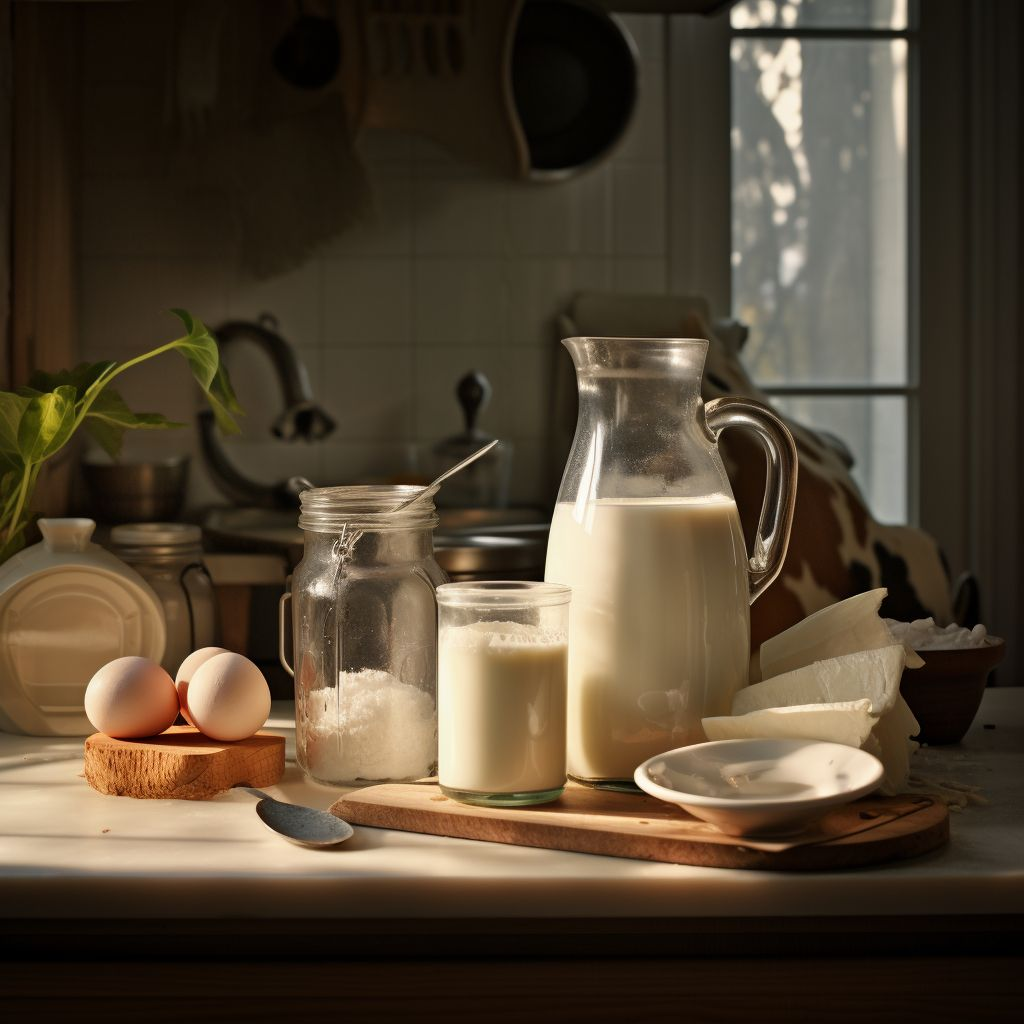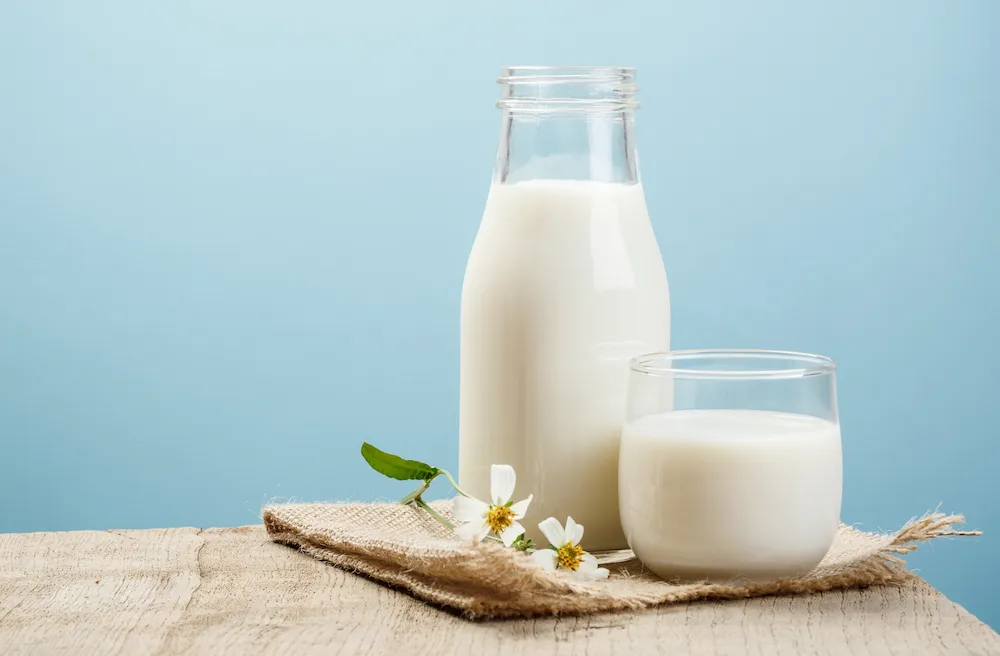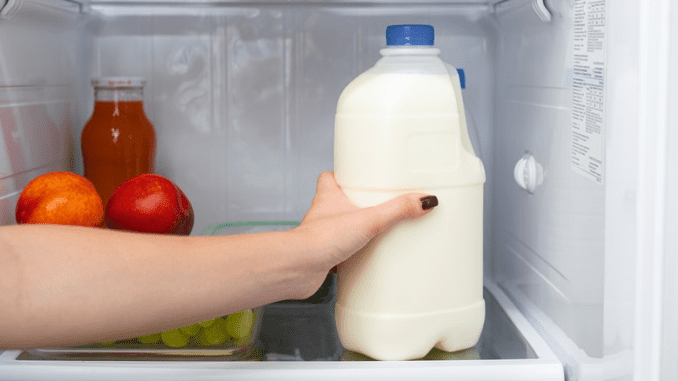Milk is a household staple, but its various date labels—Sell By, Use By, and Expiration—can confuse even the savviest shoppers. Understanding these terms can help you enjoy fresher milk, reduce waste, and save money. Let’s explore the meaning behind each label and learn how to maximize milk’s shelf life.
Understanding the “Sell By” Date

The Sell By date is intended for retailers, not consumers. It marks the last day a store should display the milk for sale to ensure customers purchase it at peak freshness. However, this date doesn’t mean the milk will spoil immediately after.
How Long Is Milk Safe After the Sell By Date?
Milk can remain safe and fresh for 5–7 days after the Sell By date if stored at or below 40°F. Proper storage is essential to extend its usability.
Storage Tips to Maximize Freshness
- Refrigerate milk immediately after purchase.
- Store it in the coldest part of the fridge, typically the back, where temperatures are more consistent.
- Avoid leaving milk at room temperature for more than two hours.
The Sell By date is a guideline for stores, but for consumers, proper storage and observation are key to enjoying milk well beyond this date.
Decoding the “Use By” Date
The Use By date reflects the manufacturer’s estimate of when the milk will taste its best. This label focuses on quality rather than safety—except for infant formula, where the Use By date must be followed strictly.
Can You Drink Milk After the Use By Date?
Yes, milk is often safe to drink for several days past the Use By date if it has been stored correctly. However, the flavor and freshness may begin to decline.
How to Tell If Milk Is Still Good
- Use the sniff test to check for sour odors.
- Pour a small amount into a glass and check for lumps or unusual texture.
- Taste a little; a sour flavor is a sign of spoilage.
While the Use By date provides a helpful guideline, relying on your senses can help you decide whether milk is still safe to consume.
The “Expiration” Date: A Clear Cutoff
The Expiration date is the most important label for consumers. It indicates the final day the milk is safe to consume, as spoilage risks increase significantly after this date.
What Happens After the Expiration Date?
Once the Expiration date passes, it’s best to discard the milk to avoid potential foodborne illnesses. Harmful bacteria can develop even if the milk appears fine.
Signs of Spoiled Milk
- A sour or off-putting smell.
- Clumps or curdling when poured.
- A distinctly unpleasant taste.
While some may take chances with milk past its Expiration date, it’s safer to err on the side of caution.
How to Extend Milk’s Shelf Life

To reduce waste and keep milk fresher for longer, consider these strategies:
Choose Ultra-Pasteurized Milk
Ultra-pasteurized milk is heated to higher temperatures during processing, extending its shelf life. Unopened, it lasts 2–3 months and remains good for 7–10 days once opened.
Try UHT Milk
Ultra-high temperature (UHT) milk undergoes intense heat treatment, making it shelf-stable for up to six months when unopened. Once opened, treat it like regular milk and finish it within a week.
Freeze Milk
Freezing milk is an excellent way to prevent waste if you can’t consume it before it spoils. Transfer milk to a freezer-safe container, leaving room for expansion, and thaw it in the refrigerator when ready to use. Note that freezing may slightly alter the texture, making it better for cooking or baking.
Factors That Impact Milk’s Longevity

Even with proper storage, external factors can influence how long milk stays fresh.
Temperature Fluctuations
Storing milk in the fridge door exposes it to frequent temperature changes, which can accelerate spoilage. Place milk in a stable, colder part of the refrigerator.
Cross-Contamination
Always use clean utensils and avoid drinking directly from the carton to prevent introducing bacteria.
Time Outside the Fridge
Milk left out at room temperature for more than two hours can develop harmful bacteria, especially in warmer climates.
Reducing Waste: Sensory Checks and Smart Shopping
To minimize waste, trust your senses over printed dates. Smell, look, and taste the milk to assess its freshness. If it passes these checks, it’s safe to use.
When shopping, buy milk in quantities that match your household’s consumption habits. Smaller cartons or long-life options like UHT milk are excellent choices for households that don’t consume milk quickly.
Conclusion
Understanding Sell By, Use By, and Expiration dates empowers you to make informed decisions about your milk, helping you save money and reduce waste. These labels provide valuable guidelines, but proper storage and sensory checks are the ultimate tools for determining freshness. With these tips, you can enjoy fresher milk and make the most of every carton.


